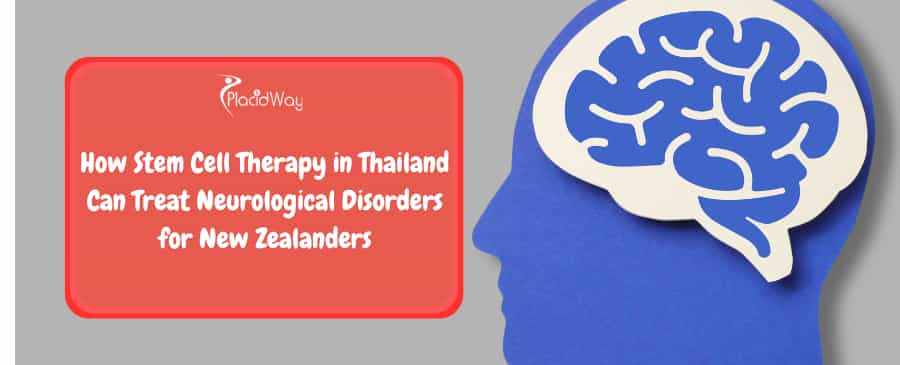
For New Zealanders living with chronic neurological disorders, the search for effective treatments can be a long and frustrating journey. While conventional medicine offers ways to manage symptoms, regenerative medicine, specifically stem cell therapy, is emerging as a groundbreaking field that aims to repair and regenerate damaged neural tissues. Thailand has firmly established itself as a global leader in this advanced medical field, offering innovative treatments at a fraction of the cost back home. This guide explores why so many Kiwis are turning to Thailand for stem cell therapy and what you need to know about this life-changing treatment.
Key Takeaways
-
Significant Savings: New Zealanders can save 40-70% on stem cell therapy in Thailand compared to potential costs in Western countries.
-
Advanced Care: Thailand is home to numerous JCI-accredited hospitals and specialized clinics using cutting-edge protocols with mesenchymal stem cells (MSCs).
-
Treatment Goals: The primary aim is not always a "cure" but to slow disease progression, repair neural damage, reduce inflammation, and significantly improve a patient's quality of life.
-
Cost Estimates (USD):
-
Neurological Disorder Protocol (general): $9,000 - $16,000 in Thailand, versus $30,000 - $60,000+ in the US or (if available) New Zealand/Australia.
-
Parkinson's Disease Package: Approximately $10,000 - $15,000 in Thailand.
-
Multiple Sclerosis (MS) Protocol: Approximately $15,000 - $25,000 in Thailand.
-
Stroke Recovery: Approximately $17,000 - $28,000 in Thailand.
-
What is Stem Cell Therapy and How Does it Work for Neurological Disorders?
Stem cell therapy is a form of regenerative medicine that uses the body's own repair mechanisms to heal damaged tissues. For neurological conditions, it works by reducing inflammation, protecting existing nerve cells, and promoting the repair of neural pathways, which can lead to improved function and slowed disease progression.
At the heart of this therapy are stem cells, unique "master cells" that have the remarkable ability to develop into many different cell types. For neurological disorders, doctors primarily use Mesenchymal Stem Cells (MSCs). These cells are typically sourced from a patient's own body (autologous) from adipose (fat) tissue or bone marrow, or from a healthy, screened donor (allogeneic), often from umbilical cord tissue.
When introduced into the body, these stem cells act like a mobile repair crew. They are drawn to sites of inflammation and damage within the central nervous system. They don't just replace dead cells; they perform several critical functions:
-
Reduce Inflammation: They release powerful anti-inflammatory proteins that calm the neuro-inflammation characteristic of conditions like MS and Parkinson's.
-
Modulate the Immune System: In autoimmune disorders like MS, stem cells can help "reset" the immune system, stopping it from attacking the body's own nerve cells.
-
Release Growth Factors: They secrete "neurotrophic factors" that act like fertilizer for the brain, protecting existing neurons from further damage (neuroprotection) and encouraging the formation of new neural connections.
Why Are New Zealanders Choosing Thailand for Stem Cell Treatment?
New Zealanders are flocking to Thailand due to a powerful combination of significantly lower costs, access to advanced treatments not yet widely available in NZ, world-class medical facilities with JCI accreditation, and virtually non-existent wait times for procedures.
Significant Cost Savings
The most compelling factor for many Kiwis is the price. A comprehensive stem cell protocol for a neurological condition in a Western country, if available outside of clinical trials, can be prohibitively expensive. In Thailand, the cost for an equivalent or even more advanced treatment program can be 40-70% less. This saving allows patients to access care that would otherwise be financially out of reach.
Access to Advanced Treatments
Thailand's medical sector is highly competitive and innovative. Clinics often use high-dose Mesenchymal Stem Cell (MSC) protocols that are considered experimental or are only available in costly, limited trials in New Zealand or Australia. This gives patients access to the very latest in regenerative therapy today.
World-Class Medical Facilities
Thailand is home to over 60 hospitals accredited by the Joint Commission International (JCI), the global gold standard in healthcare. Facilities like Bumrungrad International Hospital and the Bangkok Hospital Group are renowned for their state-of-the-art laboratories, advanced diagnostic equipment, and patient-centric care that rivals or exceeds standards in the West.
Experienced Neurologists and Specialists
Thai doctors and neurologists are often US or European-trained and have extensive experience in the field of regenerative medicine. They collaborate with international research bodies and are highly skilled in the complex administration of stem cell therapies, including intrathecal injections (into the spinal fluid) for maximum benefit to the central nervous system.
Minimal Wait Times
The New Zealand public healthcare system can have long wait times for specialist consultations and treatments. In Thailand's private medical system, patients can typically schedule their procedure almost immediately, often within weeks of their initial inquiry. This is critical for progressive neurological disorders where time is of the essence.
Did You Know?
Thailand's leadership in medical tourism is not new. The country's first successful research and use of stem cells date back to 1995 at the Faculty of Medicine at Siriraj Hospital. This long history has built a deep foundation of expertise.
Neurological Conditions Treated with Stem Cells in Thailand
Top Thai clinics use stem cell protocols to treat a wide range of neurological conditions, focusing on slowing progression and improving symptoms for diseases like Multiple Sclerosis, Parkinson's, stroke recovery, and spinal cord injuries.
While not a cure, stem cell therapy has shown promise in managing and improving the following conditions:
-
Multiple Sclerosis (MS): Aims to modulate the autoimmune attack and reduce inflammation, potentially repairing myelin (the nerve's protective covering).
-
Parkinson's Disease: Focuses on protecting the remaining dopamine-producing neurons, reducing inflammation, and improving motor function and "on/off" periods.
-
Stroke Recovery: Can help repair brain tissue damaged by oxygen deprivation and promote neuroplasticity, leading to improved mobility, speech, and cognitive function.
-
Spinal Cord Injury (SCI): Seeks to reduce scarring and inflammation at the injury site, potentially stimulating some nerve regeneration and improving sensation or motor function.
-
Amyotrophic Lateral Sclerosis (ALS): Aims to slow the rapid progression of the disease by protecting motor neurons from further damage.
-
Cerebral Palsy: Can help improve motor function and coordination by repairing damaged brain tissue and reducing spasticity.
-
Alzheimer's Disease & Dementia: In experimental stages, therapy aims to reduce brain inflammation and clear toxic proteins to slow cognitive decline.
The Stem Cell Therapy Process in Thailand: A Step-by-Step Guide
The process is streamlined for international patients, beginning with a remote consultation from New Zealand and moving to an intensive, multi-day treatment protocol in Thailand that includes cell administration and supportive therapies.
Step 1: Initial Consultation (Remote) From New Zealand, you will send your complete medical records, MRI/CT scans, and diagnostic reports to the Thai clinic. You will have a video consultation with the specialist to discuss your case, determine your candidacy, and establish a realistic treatment plan and goals.
Step 2: Arrival and Pre-Treatment Evaluation Upon arrival in Bangkok or another major city, you'll be transferred to the hospital. Here, you'll undergo a comprehensive physical exam, neurological assessment, and new blood tests to establish a baseline and confirm your fitness for the procedure.
Step 3: Stem Cell Harvesting (if Autologous) If you are using your own cells (autologous therapy), a simple procedure will be performed under local anesthetic to harvest either bone marrow (from the hip) or adipose tissue (fat) from the abdomen. This is a minimally invasive process.
Step 4: Cell Processing and Culturing The harvested sample is taken to a GMP-certified lab. Here, the potent MSCs are isolated, purified, and, in many cases, cultured and expanded over several days to achieve a high therapeutic dose, often numbering in the tens or hundreds of millions of cells.
Step 5: Implantation/Administration This is the core of the treatment. The high-dose stem cells are administered back into your body. For neurological conditions, this almost always involves multiple methods:
-
Intravenous (IV) Infusion: To reduce systemic inflammation and allow cells to travel throughout the body.
-
Intrathecal (IT) Injection: A lumbar puncture that delivers a concentrated dose of stem cells directly into the cerebrospinal fluid, giving them direct access to the brain and spinal cord.
Step 6: Post-Treatment Monitoring and Supportive Therapies You will be monitored for a short period post-treatment. Many protocols include supportive treatments like physiotherapy, NAD+ infusions, or vitamin drips to enhance the stem cells' effectiveness. You will then be discharged with a clear follow-up plan.
Expert Insight
"Patient selection is key. The best candidates for stem cell therapy are often those whose condition is still progressing and who are healthy enough for the procedure. We must be clear: this is not a miracle cure. The goal is a tangible improvement in quality of life, a slowing of the disease, and a reduction in symptoms that conventional medicine can no longer manage."
Understanding the Costs: Stem Cell Therapy in Thailand vs. New Zealand
The cost of stem cell therapy in Thailand is dramatically lower than in other Western nations, and packages are often all-inclusive, covering the procedure, hospital fees, and consultations. This transparency makes financial planning much simpler for New Zealand patients.
The final price depends on the specific condition, the number of cells required, the type of cells (autologous vs. allogeneic), and the prestige of the hospital.
Cost Comparison: Neurological Stem Cell Therapy (Estimates in USD)
|
Treatment / Condition |
Estimated Cost in Thailand (USD) |
Estimated Cost in USA / Western Europe (USD) |
Potential Savings |
|---|---|---|---|
|
Parkinson's Disease Protocol |
$10,000 - $15,000 |
$30,000 - $50,000+ |
60-70% |
|
Multiple Sclerosis (MS) Protocol |
$15,000 - $25,000 |
$35,000 - $60,000+ |
55-65% |
|
Stroke Recovery Program |
$17,000 - $28,000 |
$30,000 - $55,000+ |
40-50% |
|
Spinal Cord Injury (per session) |
$20,000 - $40,000+ |
Often unavailable outside of trials |
N/A |
What is typically included?
-
All specialist and doctor consultations
-
All pre-treatment lab tests and diagnostics
-
Cell harvesting and processing in a certified lab
-
The stem cell administration procedures (IV, Intrathecal)
-
Supportive therapies (e.g., physiotherapy, NAD+)
-
Hospital stay and nursing fees
What is not included?
-
Flights from New Zealand to Thailand
-
Accommodation outside the hospital
-
Daily living expenses and meals
Safety, Risks, and Success Rates: What to Expect
Safety is paramount when you choose a JCI-accredited hospital, as they adhere to the same high standards as top US hospitals. While risks are low, it's vital to have realistic expectations: success is measured in symptom improvement, not a cure.
Safety and Regulation in Thailand
The single most important factor for your safety is choosing the right clinic. By selecting a JCI-accredited international hospital, you ensure the facility adheres to strict protocols for infection control, lab quality (GMP-certified), and physician credentialing. Avoid small, unaccredited "stem cell clinics" that may make unrealistic promises.
Potential Risks and Side Effects
Stem cell therapy is generally considered very safe, especially autologous therapy (using your own cells), which carries virtually no risk of rejection. Common, mild side effects include:
-
Headache or fever (lasting 24-48 hours)
-
Pain or soreness at the injection or harvesting site
-
Fatigue
Rarer risks include infection (mitigated in an accredited hospital) or an immune reaction (with allogeneic cells, which are carefully screened).
Managing Expectations: Success Rates
Success is not guaranteed and varies for every patient. For neurological disorders, "success" is defined as:
-
A measurable slowing of the disease's progression.
-
A reduction in symptoms (e.g., improved motor control, less spasticity, better balance).
-
Reduced inflammation and pain.
-
An overall improvement in quality of life, independence, and energy levels.
Many patients report noticeable improvements within three to six months as the stem cells work to repair and protect the nervous system.
Planning Your Medical Trip from New Zealand
Planning is straightforward. New Zealand citizens do not need a visa for short medical trips, and top hospitals have dedicated international teams to coordinate your visit from start to finish.
Visas and Entry Requirements
New Zealand citizens can enter Thailand for up to 30 days without a visa under the visa exemption scheme, which is usually sufficient for most stem cell protocols. If your treatment and recovery require a longer stay, the hospital will provide an official letter to help you apply for a 60-day Medical Visa (Non-Immigrant O-MT) before you leave New Zealand.
Choosing the Right Clinic
Do not rely on marketing alone. Look for:
-
JCI Accreditation: This is non-negotiable.
-
Specialized Neurologists: Ensure they have a department focused on neurology or regenerative medicine.
-
Transparent Pricing: Ask for a detailed, itemized quote.
-
Patient Testimonials: Look for reviews from patients with your specific condition.
Accommodation and Logistics
Most international hospitals in Bangkok (like Bumrungrad or Samitivej) are located near a wide range of hotels, from budget-friendly options to 5-star serviced apartments for comfortable recovery. Many hospitals have dedicated international patient teams that can help you book accommodation, translators, and airport transfers.
FAQs: People Also Ask About Stem Cell Therapy in Thailand
This section answers the most common questions New Zealanders have about the logistics, safety, and effectiveness of stem cell therapy in Thailand.
Is stem cell therapy legal and regulated in Thailand?
Yes. Stem cell therapy is permitted in Thailand under the oversight of the Thai Medical Council. The use of stem cells is regulated, and treatments are legally practiced in approved, accredited medical institutions.
How long do I need to stay in Thailand for the treatment?
Most treatment protocols for neurological disorders require a stay of 7 to 14 days. This allows for pre-treatment evaluation, cell harvesting and processing (if needed), the administration sessions, and a short period of post-treatment monitoring.
Is stem cell therapy for neurological disorders painful?
The process is minimally invasive. The harvesting of fat tissue or bone marrow is done under local anesthetic, and patients report only mild soreness. The IV infusion is painless, and the intrathecal (lumbar puncture) injection is quick, with most patients feeling only a brief pressure.
What type of stem cells are used in Thailand?
The vast majority of reputable clinics use Mesenchymal Stem Cells (MSCs). These are sourced either from the patient's own (autologous) fat tissue or bone marrow, or from a donor's (allogeneic) umbilical cord tissue. Umbilical cord MSCs are valued for being young, potent, and having a very low risk of immune rejection.
Can stem cell therapy cure Parkinson's or MS?
No. It is crucial to understand that stem cell therapy is not a cure for Parkinson's, MS, or other progressive neurological disorders. The goal is to manage the disease, slow its progression, repair damaged tissue, and significantly improve symptoms and quality of life.
How soon will I see results after the treatment?
This varies. Some patients report feeling initial improvements in energy and well-being within a few weeks. However, the regenerative process is slow. More significant, measurable improvements in neurological symptoms typically develop over 3 to 6 months post-treatment.
What are the best hospitals for stem cell therapy in Thailand?
Look for major, JCI-accredited international hospitals known for their advanced specialty centers. Hospitals in the Bangkok Hospital Group, Bumrungrad International Hospital, and Samitivej Hospital are consistently ranked among the best for international patients seeking advanced medical care.
Why Choose PlacidWay for Your Stem Cell Journey?
Navigating international medical care can be complex. PlacidWay simplifies the entire process, connecting you with a pre-vetted network of Thailand's best hospitals and ensuring you receive safe, transparent, and world-class care.
Choosing to travel for medical care is a major decision. At PlacidWay, we bridge the gap between patients in New Zealand and the best regenerative medicine clinics in Thailand.
-
Verified Clinics: We have a curated network of Thailand's most reputable, JCI-accredited hospitals and specialists. We've done the research so you don't have to.
-
Transparent Pricing: We provide clear, all-inclusive quotes directly from the hospitals. You'll understand the full cost, with no hidden fees or surprises.
-
Personalized Care: Your dedicated PlacidWay case manager will handle your medical record transfers, coordinate with doctors, and assist with all your travel and accommodation logistics.
-
End-to-End Support: We are your partners from your first inquiry in New Zealand to your safe return home post-treatment. We are here to answer every question and ensure your journey is smooth and stress-free.


.png)






.png)
.png)
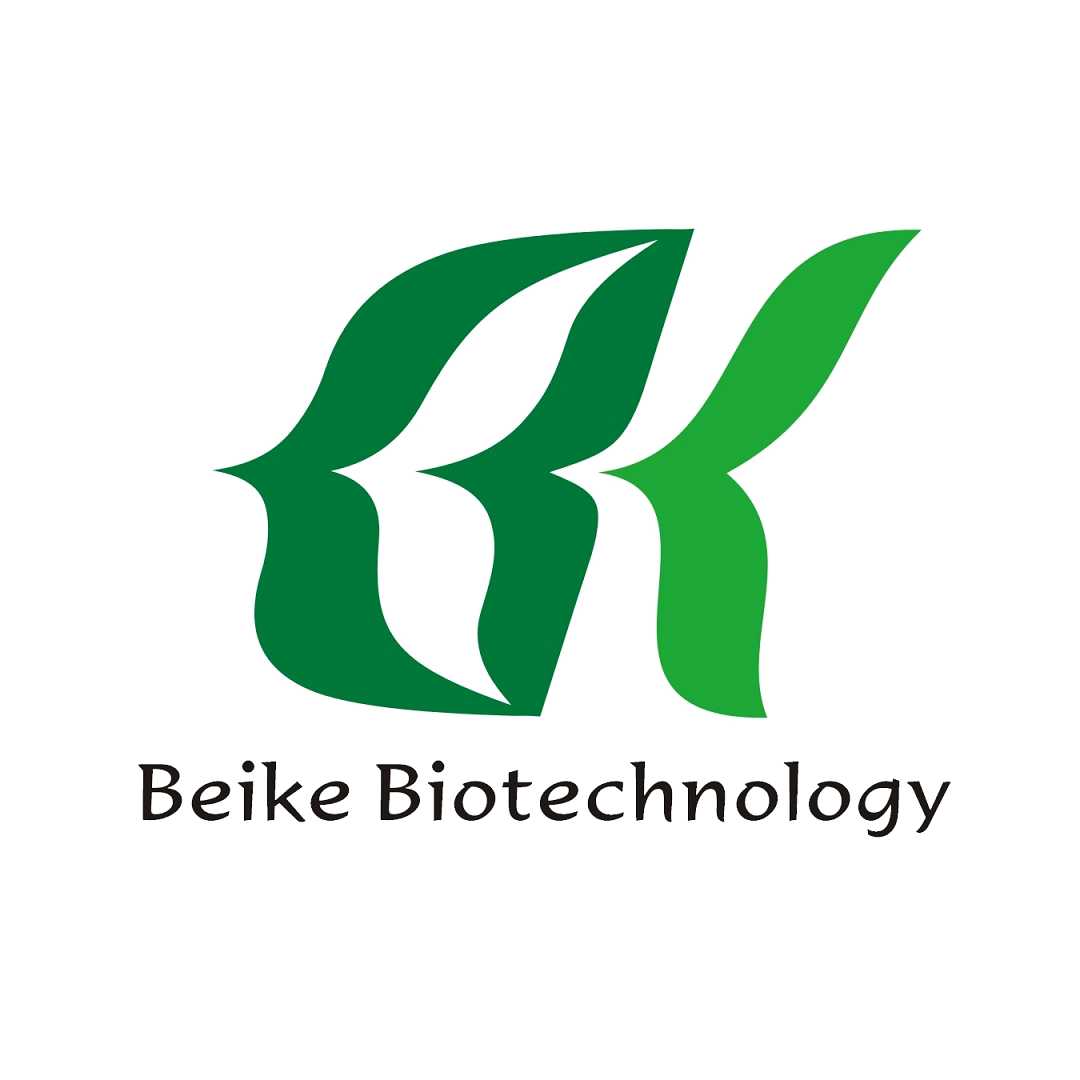

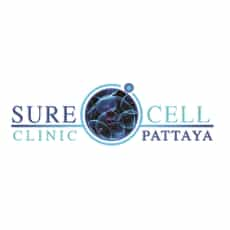
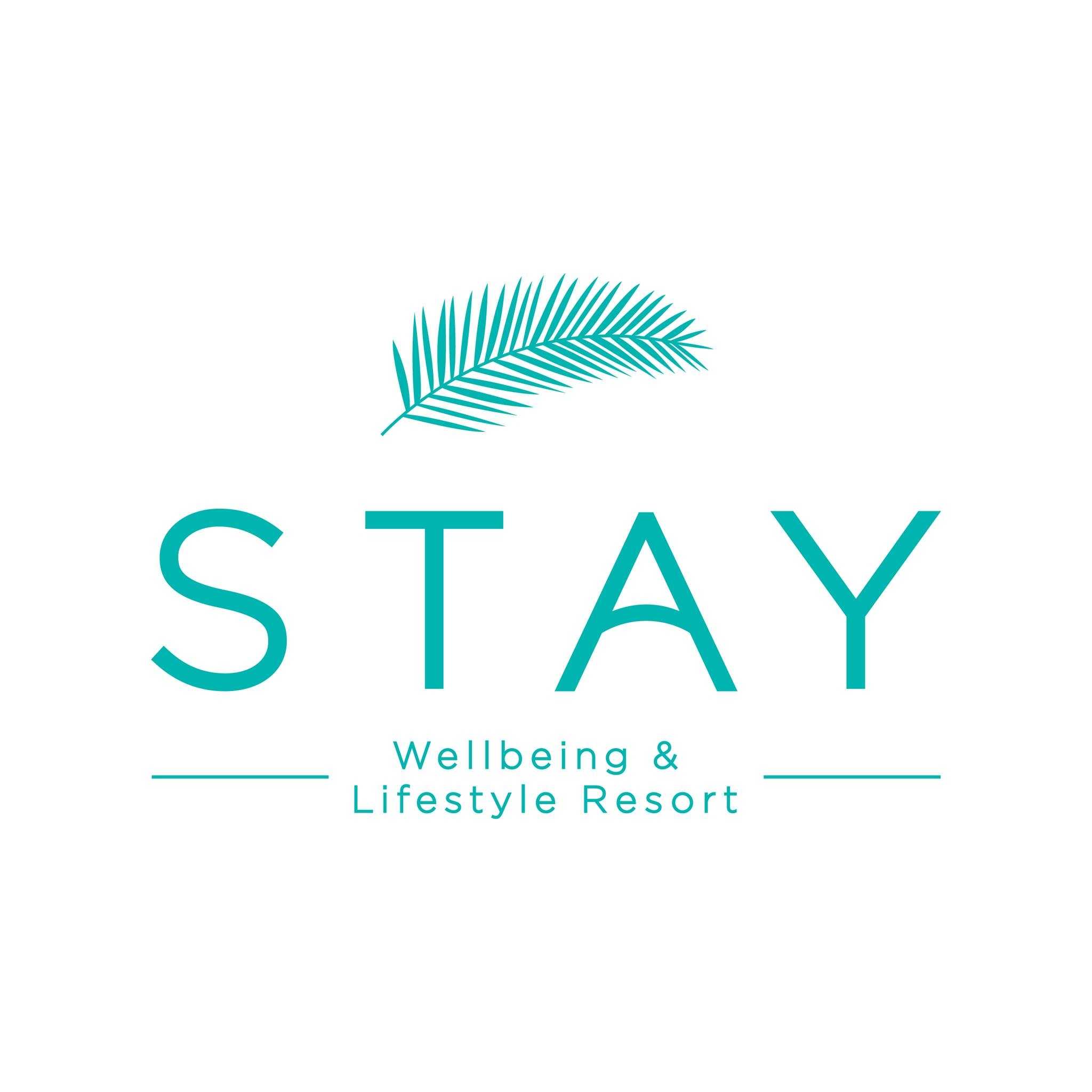
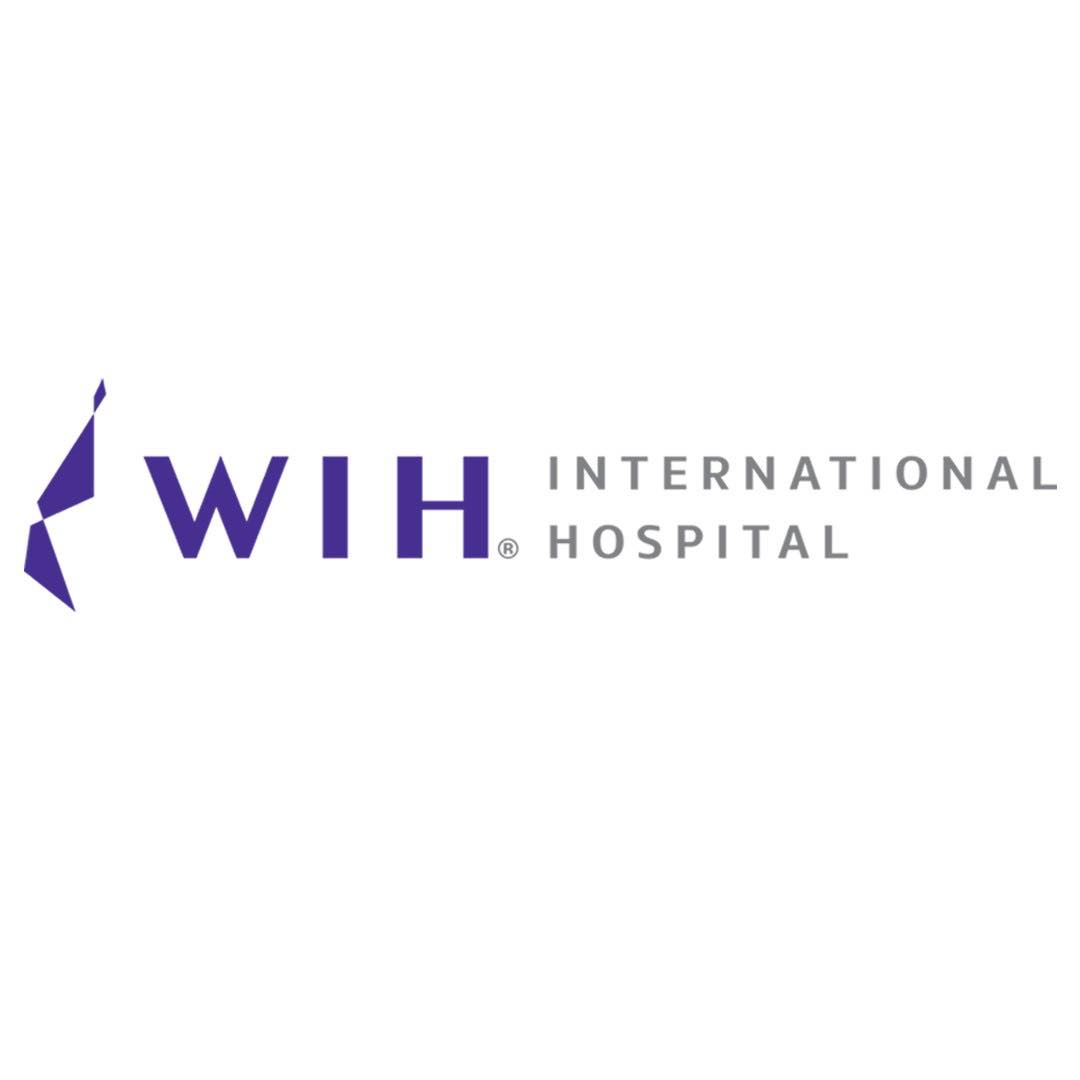

Share this listing